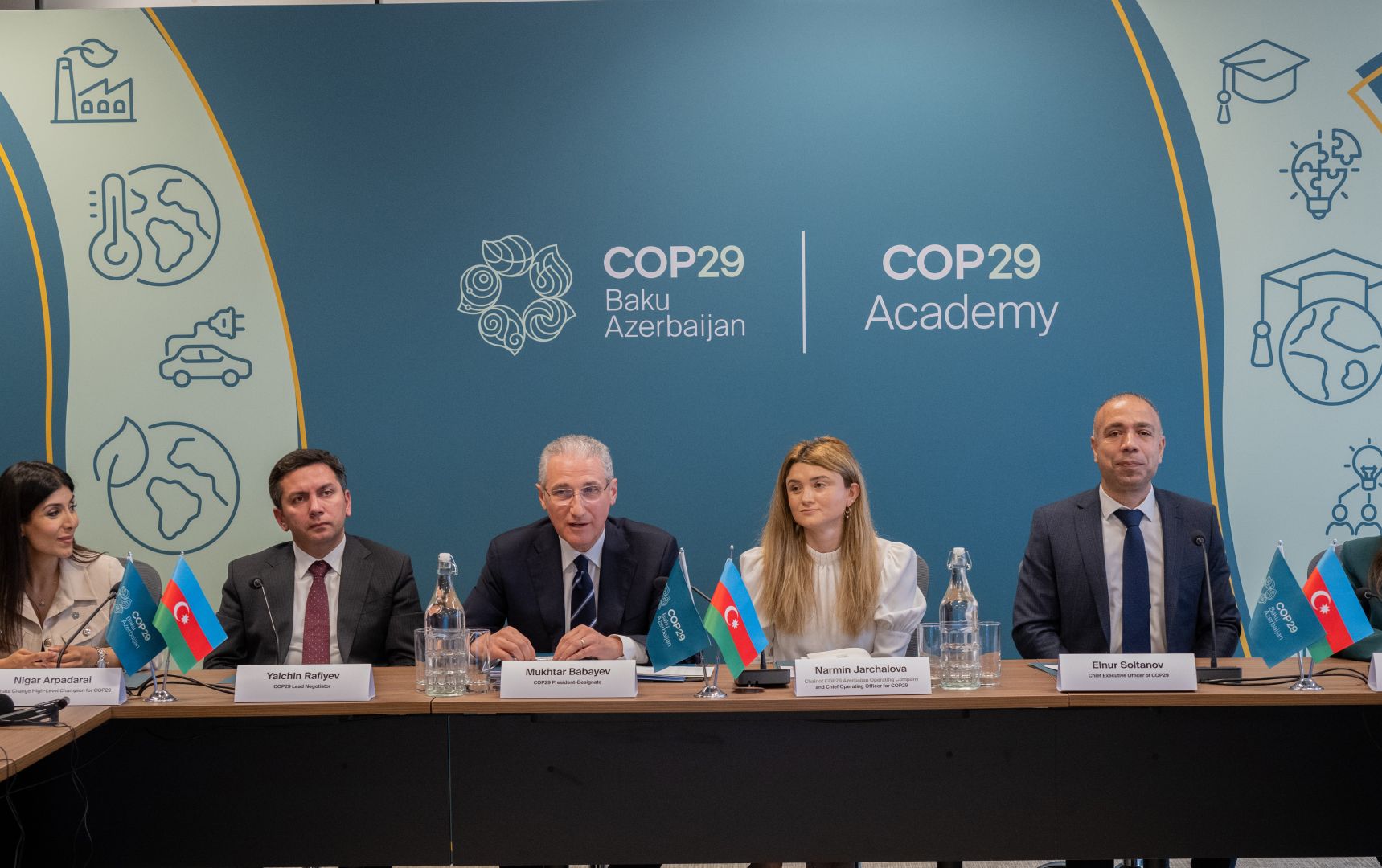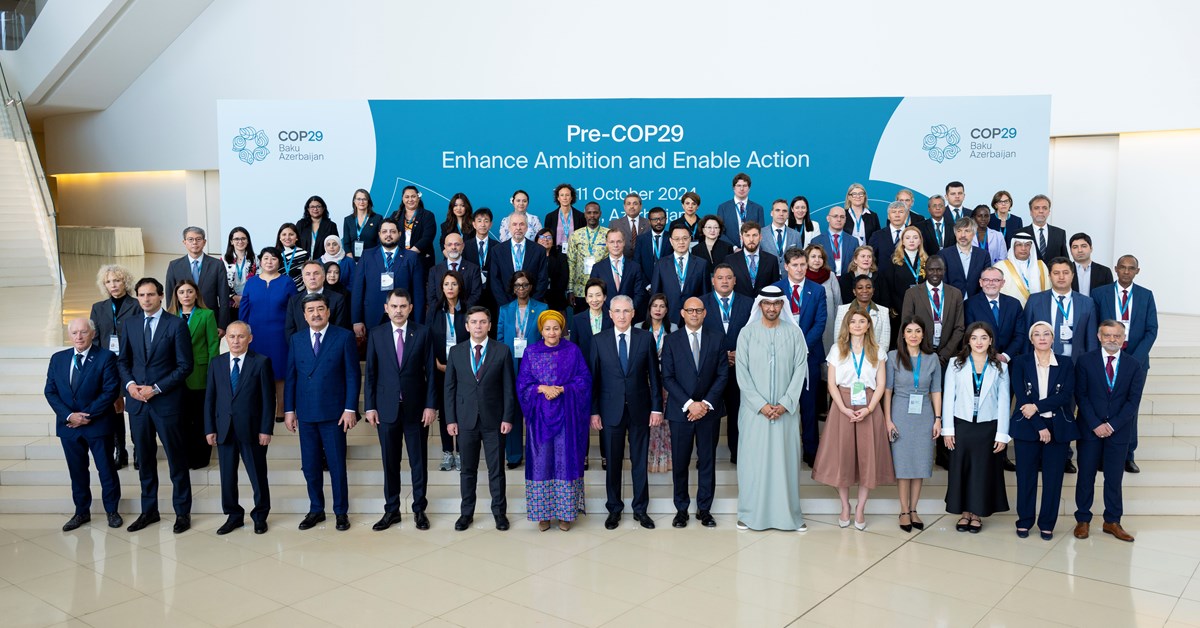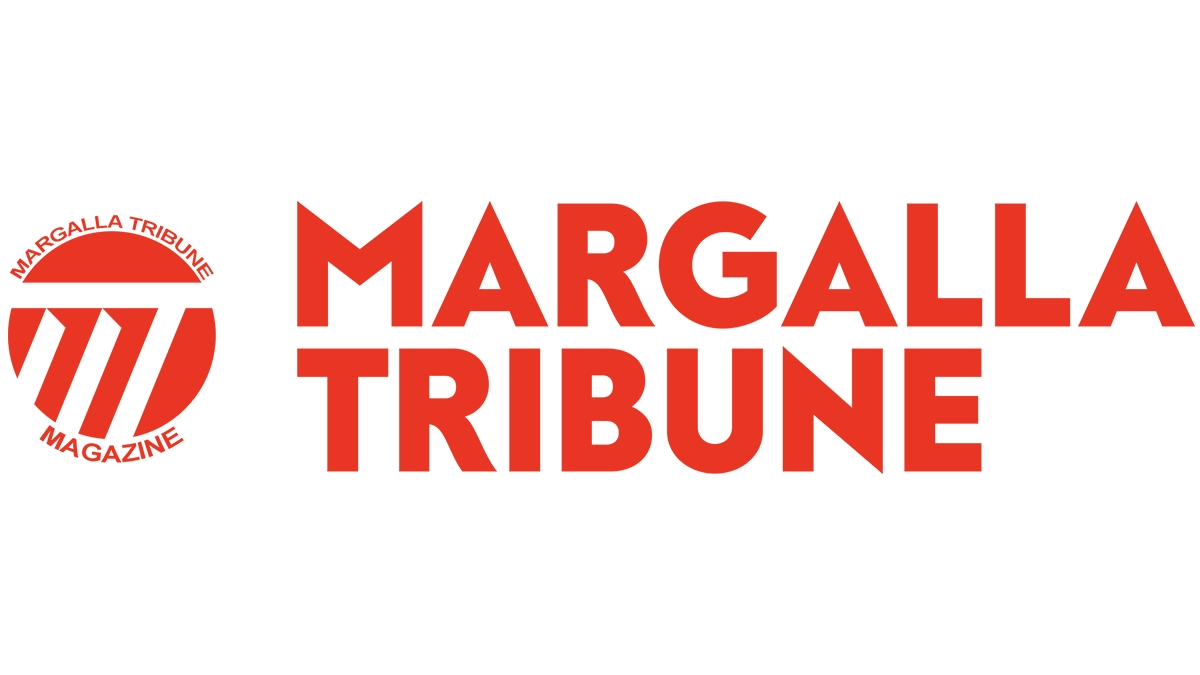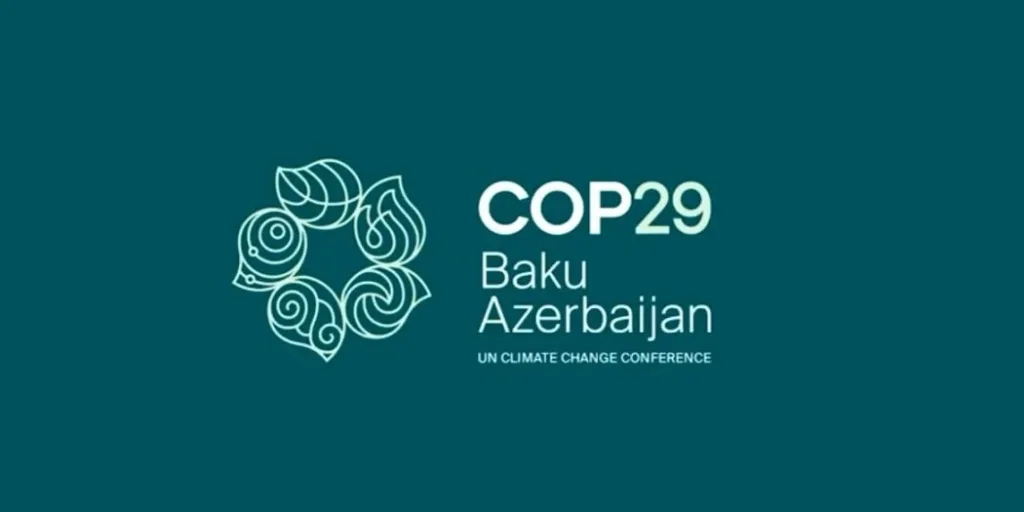The operationalization of the “Fund for Responding to Loss and Damage” at COP29 represents a historic turning point in global climate policy. This long-awaited development marks a significant achievement for developing countries, small island states, and vulnerable communities across the globe who have been disproportionately affected by the intensifying impacts of climate change.
Spearheaded under the leadership of Azerbaijan’s COP29 Presidency, this milestone reflects a global commitment to addressing the inequities of climate change impacts while fostering hope for more inclusive, effective solutions.
Under the COP29 Presidency, Azerbaijan’s President Ilham Aliyev’s laid emphasis on addressing the challenges faced by small island states and least-developed countries, reflecting a commitment to inclusivity & equityThe journey to the operationalization of the Loss and Damage Fund began during COP27 in Egypt, where nations reached a ground-breaking agreement to establish a mechanism for compensating countries most affected by climate-induced disasters. However, the promise of this fund was met with skepticism, as many questioned whether political will and financial pledges would translate into concrete action.
COP28, held in the United Arab Emirates, laid the groundwork for the Fund’s operational launch, demonstrating the commitment of global leaders to move beyond rhetoric and take actionable steps. Yet, it was not until COP29, under the meticulous guidance of Azerbaijan’s Presidency and the visionary leadership of President Ilham Aliyev, that the Fund was fully operationalized.
This involved securing agreements with the World Bank and designating the Philippines as the host country for the Funds secretariat—a testament to the collaborative efforts of nations determined to combat the escalating climate crisis.
The Loss and Damage Fund
The Loss and Damage Fund is more than just a financial instrument; it symbolizes the recognition of historical injustices faced by vulnerable nations. Developed countries, which have contributed the most to greenhouse gas emissions, are finally being held accountable for their role in global warming. The Fund serves as a mechanism to transfer financial resources from wealthier nations to those bearing the brunt of climate-induced disasters, such as hurricanes, flooding, and droughts.
As of now, the Fund has received pledges totaling over $730 million—a promising start but far from what is required to meet the growing needs of affected nations. The appointment of Ibrahima Cheikh Diong as the Fund’s Executive Director further underscores the seriousness of this initiative.
Similarly, recent hurricanes in the United States, a developed nation, have revealed the universal vulnerability to climate-induced disasters. Storm surges, extreme rainfall, and infrastructural damages in Florida and Louisiana highlight that no country, regardless of its economic status, is immune to the wrath of nature. These events underscore the importance of a unified global response to climate challenges, making the Loss and Damage Fund a cornerstone of international cooperation.
The operationalization of the Loss and Damage Fund paves the way for financing climate
resilience projects beginning in 2025. This includes rebuilding infrastructure destroyed by
disasters, supporting displaced communities, and strengthening adaptive capacities in vulnerable regions.
For instance, in flood-prone countries like Pakistan, the Fund could be instrumental in
constructing resilient housing, improving early warning systems, and enhancing disaster preparedness. Similarly, small island states grappling with rising sea levels could use the Fund’s resources to invest in seawalls, mangrove restoration, and community relocation plans.
The Fund also provides an opportunity for innovative financing mechanisms. By collaborating with private sector entities, governments, and multilateral organizations, the Fund can leverage additional resources to meet its objectives. Initiatives like green bonds and climate insurance schemes can complement the Funds efforts, ensuring a more comprehensive approach to addressing loss and damage.

The operationalization of the Loss and Damage Fund at COP29 is a beacon of hope for
nations grappling with the devastating impacts of climate change. It represents a collective acknowledgment that those least responsible for the climate crisis must not bear its consequences alone. Operationalization and its challenges While the operationalization of the Fund is a significant achievement, it is not without challenges. The first and foremost concern is the adequacy of financial resources. Developing countries have estimated that their annual loss and damage costs will exceed $290 billion by 2030. The current pledges, while a step in the right direction, fall far short of this figure.
Another challenge lies in ensuring the equitable distribution of funds. Transparent
governance mechanisms must be in place to prioritize the most vulnerable communities and prevent misallocation of resources. The involvement of civil society organizations and local stakeholders in decision-making processes is essential to maintaining accountability.
Lastly, the success of the Fund hinges on sustained political will. Climate negotiations are often marred by delays and disagreements, and the Loss and Damage Fund is no exception.
Continuous advocacy, particularly by developing countries and climate activists, will be crucial in keeping the momentum alive.
However, this is only the beginning. The international community must work tirelessly to ensure that the Fund fulfills its purpose. This includes increasing financial contributions, streamlining its operations, and fostering global partnerships to address the root causes of climate vulnerability.
For countries like Pakistan, which have experienced firsthand the destructive power of climate disasters, the Fund offers a lifeline. It is a chance to rebuild, adapt, and secure a more sustainable future. For developed nations, it is an opportunity to demonstrate solidarity and moral responsibility in the face of a shared global challenge.
In the words of UN Secretary-General António Guterres, “The era of global boiling has
arrived.” The operationalization of the Loss and Damage Fund is a vital step toward mitigating its consequences. Let us seize this moment to build a more just, resilient, and inclusive world for generations to come.Azerbaijan’s proactive role in hosting the Funds third Board meeting in Baku and facilitating critical agreements with the World Bank and other stakeholders highlights its determination to ensure the Fund’s success.

The writer can be contacted: aisernawab098@gmail.com






